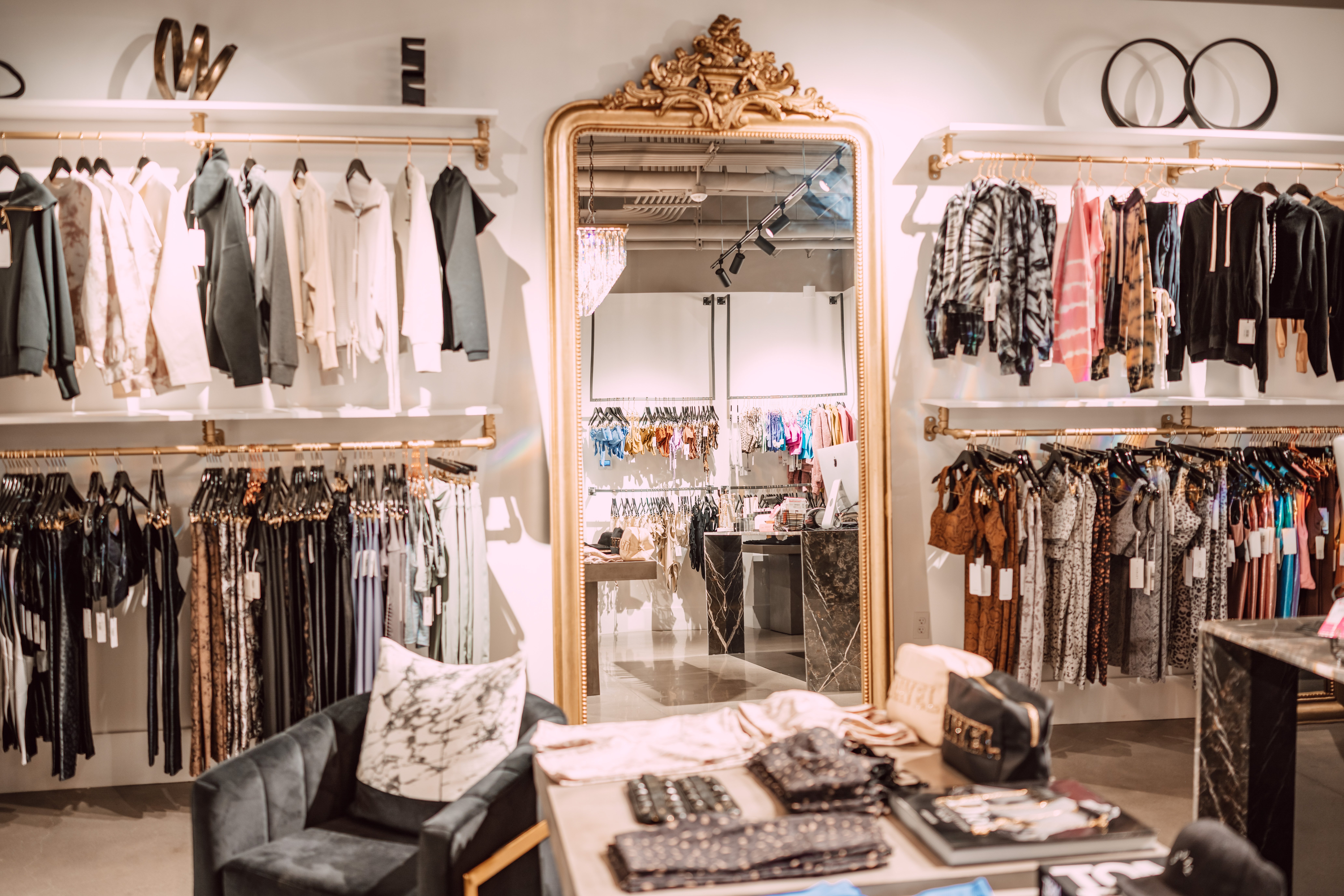Discovering the World of Sustainable Boutique Fashion Brands
Discovering the World of Sustainable Boutique Fashion Brands
Blog Article
A Deep Study the World of High-Fashion Runways: Recognizing Clothes as Art
Developers, much like masterful musicians, weave complex narratives with textile, shade, and form, testing typical norms and redefining beauty requirements. As we explore these sartorial spectacles, we must ponder: what duty does fashion play in forming societal worths, and how does it reflect the ever-changing tapestry of human emotion and identification?
The Advancement of Runway Shows
The trajectory of path shows has actually changed dramatically over the decades, evolving from special market occasions to captivating eyeglasses that blend fashion with art. Typically, path shows were intimate events, held in ateliers or tiny locations, primarily participated in by customers and sector experts. These very early presentations focused on the garments' craftsmanship and business practicality, using a functional and direct display of seasonal collections.
As the style sector expanded, the nature of runway programs began to alter. The 1970s and 1980s noted a turning point, with designers seeking to identify themselves with even more theatrical discussions.
Recently, technology and social networks have even more reinvented path shows, making them accessible to a global audience. Livestreaming and digital systems have equalized style, allowing lovers worldwide to witness these occasions in real-time (boutique fashion). This evolution mirrors a wider cultural change, where high-fashion runways act as a vibrant intersection of efficiency, design, and innovation
Designers as Dreamer Artists
Designers in the high-fashion market have obscured the lines between functional garment creation and the theoretical world of art. By accepting imaginative techniques such as sculpture, painting, and progressive installations, developers craft garments that challenge conventional style standards and elevate them to art types.
Visionary developers draw motivation from a myriad of sources, consisting of abstract art, historical references, and individual narratives. They have an one-of-a-kind capacity to envision and materialize concepts that press the borders of conventional style, frequently redefining aesthetic standards in the process. This innovative ingenuity is showcased through significant shapes, cutting-edge materials, and intricate workmanship, which welcome audiences to experience style as more than simply wearable products.
Furthermore, the runway acts as a canvas for these artists, where lights, music, and set layout coalesce to produce immersive experiences. These discussions are not just screens of clothes but are managed performances that evoke feeling and prompt thought, verifying the designer's role as a real artist in the contemporary social landscape.
Social Influences in vogue
Cultural tapestry weaves its elaborate patterns right into the material of fashion, influencing designers worldwide. The dynamic interchange of social stories, customs, and icons notifies and influences collections that grace high-fashion runways.
The impact of society on style is typically seen in the reinterpretation of conventional garments and patterns. The use of Japanese bathrobes, Indian saris, or African prints in contemporary fashion mirrors a mix of social credibility and modern visual appeals. Developers such as Valentino's Pierpaolo Piccioli and Alexander McQueen's Sarah Burton have been understood to integrate rich social motifs right into their couture collections, converting background right into wearable art.

Development in Textile and Design
Development in fabric and layout consistently reshapes the landscape of high-fashion, pressing borders and redefining possibilities. Over the last few years, technical innovations have dramatically added to this advancement, presenting products that challenge traditional assumptions. Textiles ingrained with wise fibers, with the ability of transforming color or regulating temperature, are no more constrained to the realm of science fiction. Developers are progressively discovering the integration of modern technology, such as 3D printing, which enables the creation of complex structures that were formerly unimaginable.
The fashion industry is experiencing a surge in the use of environmentally friendly products, derived from recycled plastics, organic fibers, and even eco-friendly parts. Developers are embracing these products to craft garments that are both aesthetically striking and aware of their environmental footprint.
In regards to layout, avant-garde silhouettes and experimental forms are constantly transforming the runway. By including advanced techniques and webpage unusual materials, developers cultivate garments that obscure the line between style and art, look at this web-site setting new standards for imagination and expression in the high-fashion round.
Impact of Fashion on Society
Fashion possesses a profound influence on society, serving as both a reflection of social identification and a stimulant for social change (boutique fashion). Through its advancement, fashion has mirrored social changes, encapsulating the zeitgeist of numerous ages.
Moreover, fashion has the power to bridge cultural spaces, fostering understanding and recognition amongst diverse groups. As globalisation speeds up, the cross-cultural exchange of fashion ideas becomes progressively substantial, advertising inclusivity and variety. The surge of streetwear, stemming from city subcultures, illustrates how fashion can go beyond socio-economic borders, providing individuals a way of self-expression and empowerment.
In significance, fashion is not simply concerning appearances; it is a dynamic force that affects worths, attitudes, and social progression (boutique fashion). By continuously engaging with social and social currents, style remains an indispensable component of the collective human experience

Verdict
Designers, comparable to visionary musicians, manage collections that show identification, emotion, and cultural stories, challenging conventional looks. This intersection of fashion and artistry not only astounds target markets around the world yet also affects social assumptions and advertises a much deeper gratitude for social diversity.

Social tapestry weaves its elaborate patterns right into the fabric of fashion, influencing designers worldwide.Style wields a profound impact on culture, offering as try this website both a reflection of cultural identity and a catalyst for social adjustment.
Report this page